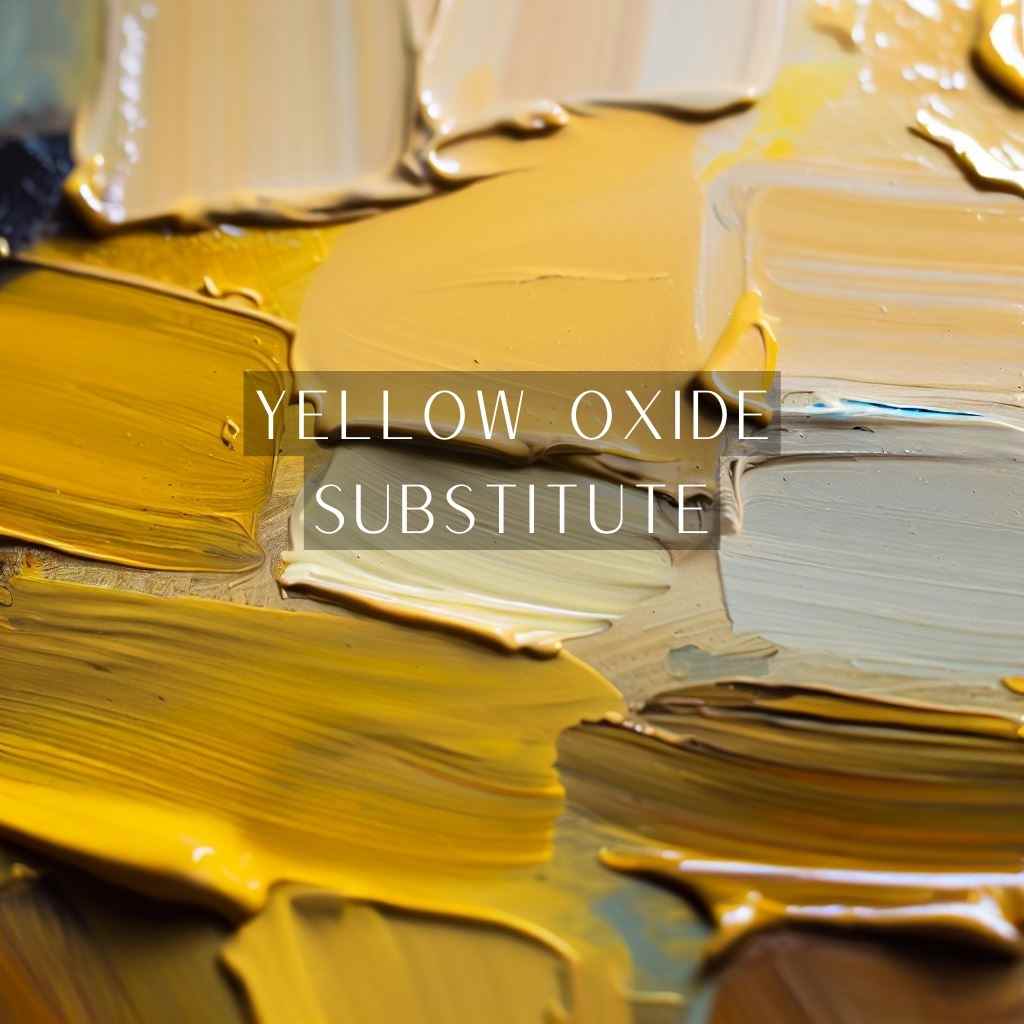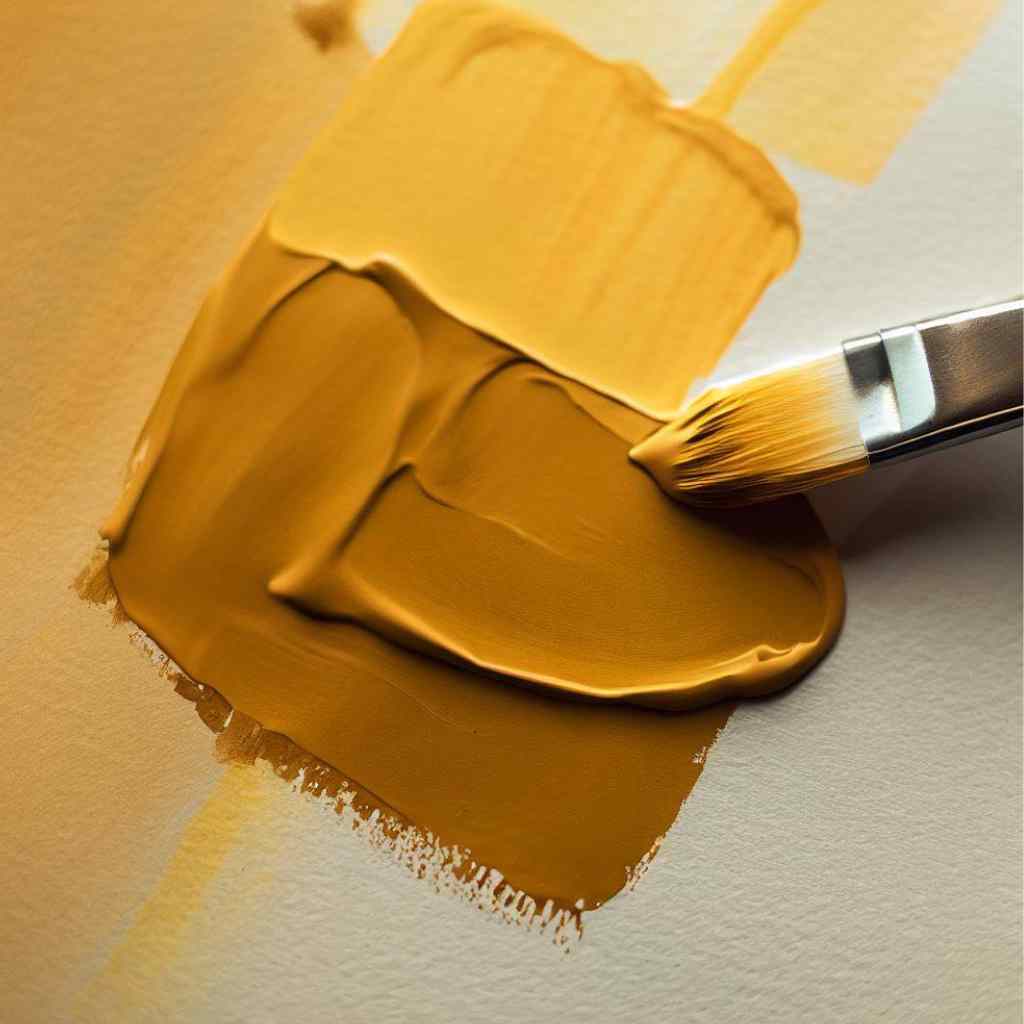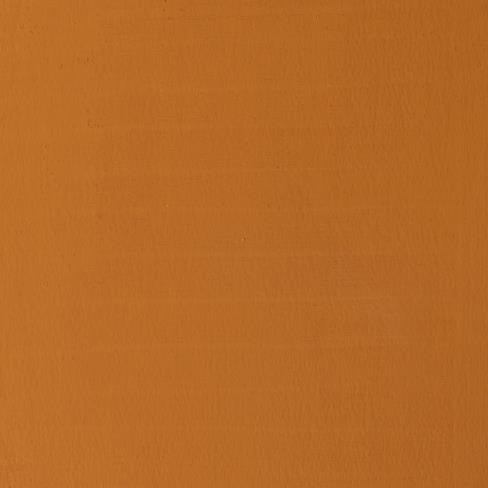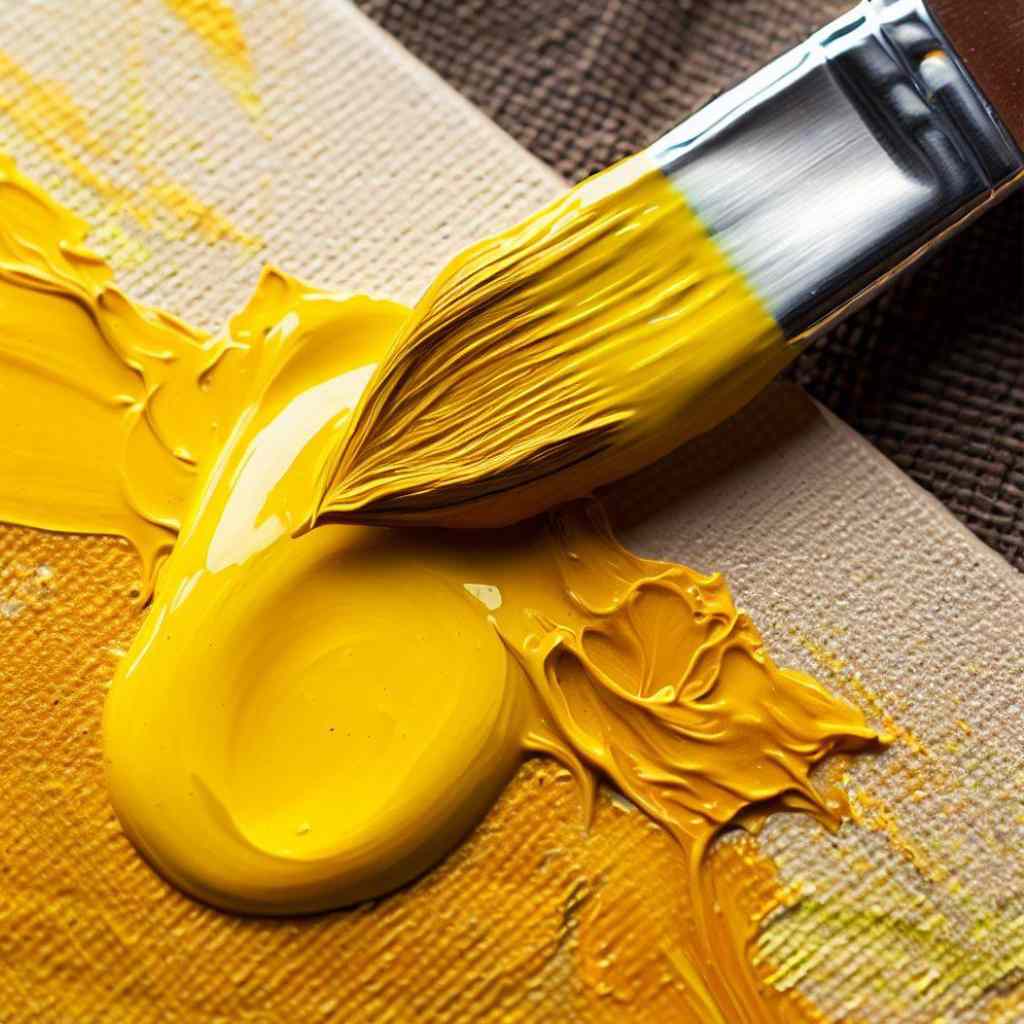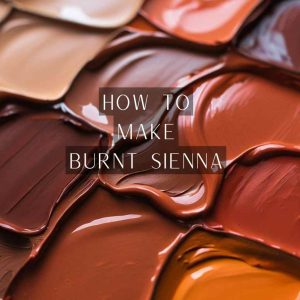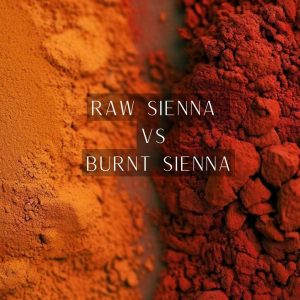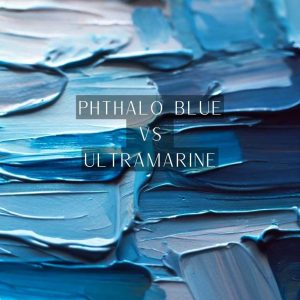Tired of the same old palette? Frustrated with the limitations of yellow oxide in your artistic endeavors? Enter the realm of possibilities with a yellow oxide substitute.
In this journey, we’ll explore the spectrum of natural, synthetic, and biodegradable options, each offering its unique charm and depth.
Whether you’re an artist seeking fresh hues or a conscious creator in pursuit of eco-friendly choices, this guide will walk you through the art of pigmentation.
Get ready to discover pigments that will elevate your work from ordinary to extraordinary.
What is Yellow Oxide?
Yellow Oxide, also known as Yellow Ochre or Mars Yellow, is a naturally occurring pigment derived from iron oxide minerals.
It exhibits a warm, earthy yellow hue, making it a popular choice in various industries, including art, paint manufacturing, ceramics, and construction.
Due to its opacity and lightfastness, Yellow Oxide is valued for its versatility in creating vivid and durable colors in a wide range of applications.
Yellow Oxide Substitute: Natural Alternatives
When it comes to seeking alternatives to Yellow Oxide, nature offers a rich palette of options that not only provide vibrant pigments but also come with unique properties and benefits.
Yellow Ochre: The Earth’s Palette
Ochre, an ancient and widely used pigment, encompasses a spectrum of yellow tones. Derived from natural iron oxide, these tones range from pale yellows to deep golden browns, offering artists a rich array of choices to suit their creative vision.
Its versatility ranges from subtle, muted shades to bold, vivid strokes. Artists drawn to the earth’s raw beauty find a kindred spirit in Yellow Ochre.
Raw Sienna: From Earth to Canvas
Derived from natural clays, Raw Sienna offers a warm, earthy yellow with subtle brown undertones. Its muted hue provides a unique alternative to the vibrant Yellow Oxide.
Raw Sienna’s pigment is obtained by washing and processing naturally occurring clay deposits. This straightforward process preserves the integrity of the pigment, resulting in a color of understated beauty.
Yellow Oxide Substitute: Synthetic Options
For those seeking vibrant alternatives to Yellow Oxide, synthetic pigments offer a wide array of options with consistent color intensity and unique characteristics.
Cadmium Yellow: A Vivid Synthetic Hue
Cadmium Yellow, a synthetic pigment, presents a brilliant and vibrant alternative to Yellow Oxide. Composed of cadmium sulfide, this hue offers exceptional opacity and color intensity. Cadmium Yellow, available in various shades, exhibits high tinting strength and remains remarkably stable when exposed to light.
Hansa Yellow: A Bright Synthetic Option
Hansa Yellow, a synthetic organic pigment, stands out for its bright and clean hue. Its chemical composition allows for a wide range of shades, offering versatility in artistic applications.
Due to its purity and lightfastness, Hansa Yellow finds favor in various artistic mediums, including watercolors, acrylics, and oils. Its transparent nature also lends itself well to glazing techniques.
Color Theory & Pigments Mixing for Custom Shades
Understanding color theory is the cornerstone of creating custom shades, including yellows. Primary colors, secondary colors, and their interactions form the basis of color mixing.
By mastering the color wheel and complementary relationships, artists gain the ability to craft a spectrum of yellow tones to suit their specific artistic visions.
With a palette of pigments at your disposal, the possibilities for creating custom yellows are boundless. Experimenting with various combinations of reds, blues, and other yellows allows artists to fine-tune their palette to achieve precisely the hue they envision.
This hands-on approach to color mixing empowers artists to infuse their work with a personal touch.
How to Make Yellow Oxide Substitute by Mixing Colors?
Creating a substitute for Yellow Oxide through color mixing is a creative and resourceful approach. Here’s a simple recipe to guide you through the process-
Materials Needed
- Primary Colors: Red, Blue, and Yellow
- Palette and Brushes
- Mixing Surface
- Water (if using watercolors)
Step-by-Step Guide to Make Yellow Oxide Substitute by Mixing Colors
- Start with the Base Yellow: Begin by squeezing a moderate amount of yellow pigment onto your palette. This will serve as the foundation for your mixture.
- Add a Touch of Red: With a clean brush, take a small amount of red pigment and mix it into the yellow. The red will add warmth and depth to the mixture.
- Introduce a Hint of Blue: Using a different brush or a clean section of your original brush, incorporate a tiny amount of blue pigment. This will help balance the warmth and prevent the mixture from becoming too orange.
- Adjust and Test: Mix the colors thoroughly until you achieve a hue that closely resembles Yellow Oxide. Test the mixture on a scrap piece of paper to ensure it matches your desired shade.
FAQs
- Can I mix different yellow oxide substitutes to create unique colors?
Absolutely! Mixing different substitutes, both natural and synthetic, can lead to a wide range of unique colors. Experimenting with various combinations allows for endless creative possibilities.
- Are there any Yellow Oxide substitutes that offer a wider range of color variations compared to the original pigment?
Yes, synthetic options like Hansa Yellow and Cadmium Yellow often offer a broader spectrum of colors compared to Yellow Oxide. They can be mixed to create a wide array of shades, providing artists with a versatile palette.
- Can I achieve the same level of transparency with substitutes as with yellow oxide?
Achieving the exact transparency level of Yellow Oxide with substitutes may require experimentation. Natural options like turmeric or saffron tend to be more opaque but can be diluted for transparency. Synthetic pigments offer better control over transparency. Earth pigments’ transparency varies. Biodegradable options can be adjusted by dilution. While replicating Yellow Oxide’s transparency is possible, it may not always be exact due to the unique properties of substitutes.
Wrapping Up
The pursuit of a yellow oxide substitute leads us through a kaleidoscope of options, each promising a unique vibrancy and depth.
Now, as we reach the culmination of this journey, it’s time to reflect on the transformative power of these alternatives. The familiar constraints of Yellow Oxide have been transcended, replaced by a spectrum of hues that breathe new life into your creations.
With the right substitute, your artwork can evolve from the ordinary to the extraordinary, inviting a fresh perspective and elevating your work to unparalleled heights.
So, let’s bid farewell to limitations and usher in a new era of boundless creativity.

